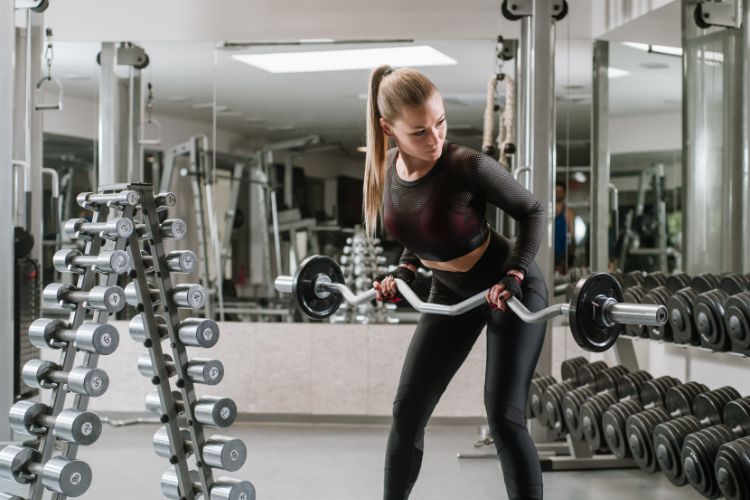Sign up for workout ideas, training advice, reviews of the latest gear and more.






Progressive overload is the cornerstone of muscle growth, strength development, and performance enhancement. When applied correctly to chest training, it can lead to massive gains in pectoral size, strength, and definition. Whether you’re training for aesthetics, power, or overall fitness, using progressive overload in your chest workouts ensures consistent improvement and long-term results. In this blog, we’ll explore the principles of progressive overload, how to apply them to chest training, and provide a detailed workout plan optimized for growth and strength.
Progressive overload refers to the gradual increase of stress placed upon the body during training. This principle is essential for muscle hypertrophy, as your muscles adapt to the demands you place on them. When your body gets used to a certain level of training, progress plateaus. Progressive overload pushes those limits by increasing weight, reps, sets, or intensity over time.
To maximize your chest development, it’s important to understand its anatomy:
By targeting different angles and exercises, you can fully develop each section of your chest using progressive overload.
The classic form of overload: Add weight to your bench press, dumbbell presses, or flyes over time.
If you can’t add weight yet, push out more reps with the same load to improve endurance and strength.
Adding an extra set increases training volume and promotes hypertrophy.
Controlling the eccentric (lowering) portion increases time under tension and muscle fiber activation.
Use exercises like deficit push-ups or deep dumbbell presses to stretch the muscle through a greater range.
Reducing rest enhances metabolic stress and challenges muscular endurance.
This foundational compound lift hits the middle chest and allows for the greatest overload potential. It’s a must-have for mass and strength.
Targets the upper pecs and shoulders. Use a barbell or dumbbells to progressively increase intensity.
Improves muscle stability, coordination, and allows for a deeper stretch than the barbell version.
Focuses on stretching and contracting the pecs. Increase tension with slow negatives or higher reps.
Bodyweight classic that can be scaled with a weight vest or elevating your feet for overload.
Targets the lower chest. Add weight over time using a dip belt.
Here’s a 4-week progressive overload chest routine designed for intermediate to advanced lifters. Focus on good form and controlled progression.
Day 1: Heavy Pressing Focus
Goal: Focus on learning proper form, rest 90–120 seconds between sets.
Day 1: Volume Focus
Progressive Overload Tips: Add 1–2 reps per set compared to Week 1 or increase weight slightly if you hit all reps cleanly.
Day 1: Intensity Focus
Progression Strategy: Increase the tempo (3-second lower), rest 60–90 seconds between sets.
Day 1: Progressive Burnout
Challenge: Try to add weight, reps, or decrease rest between sets for overload.
Use a journal or app to log weights, reps, and performance. Small improvements compound over time.
Activate your chest and shoulder stabilizers before going heavy. Try band pull-aparts and light incline presses.
Muscle grows during rest. Get quality sleep, eat enough protein (1.6–2.2g/kg bodyweight), and allow 48–72 hours between chest sessions.
Every 6–8 weeks, reduce volume/intensity to avoid burnout and plateaus.
Flat, incline, and decline variations all target the chest differently. Incorporate variety within your progressive overload cycles.
Your chest won’t grow optimally without proper nutrition. Here’s a quick guide:
For most people, 1–2 times per week is ideal for growth and recovery.
Switch up your overload method—try increasing reps, sets, or modifying tempo before adding more weight.
Absolutely. Start with bodyweight movements and gradually add resistance as you build strength.
Not always. Use failure strategically—1–2 sets per workout, especially on isolation exercises.
Progressive overload isn’t just for bodybuilders—it’s a proven strategy that anyone can use to build a stronger, more defined chest. Whether you’re bench pressing, doing push-ups, or hitting cable flyes, the key is to keep challenging your muscles over time. Track your progress, fuel your body right, and stay consistent. With patience and intensity, you’ll carve out a powerful chest that reflects your hard work in the gym.
Stay up to date on the latest women’s health, fitness and lifestyle trends and tips.